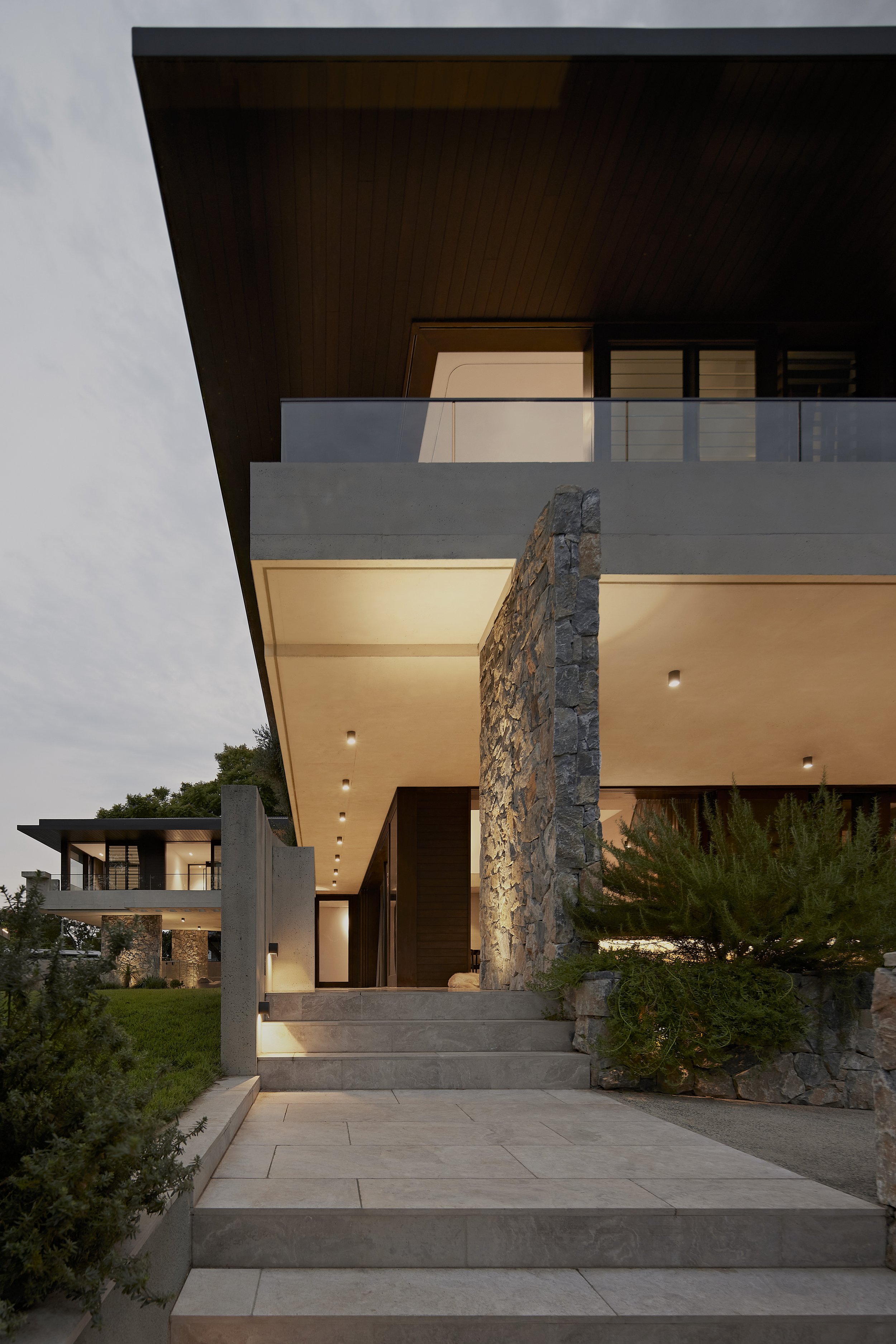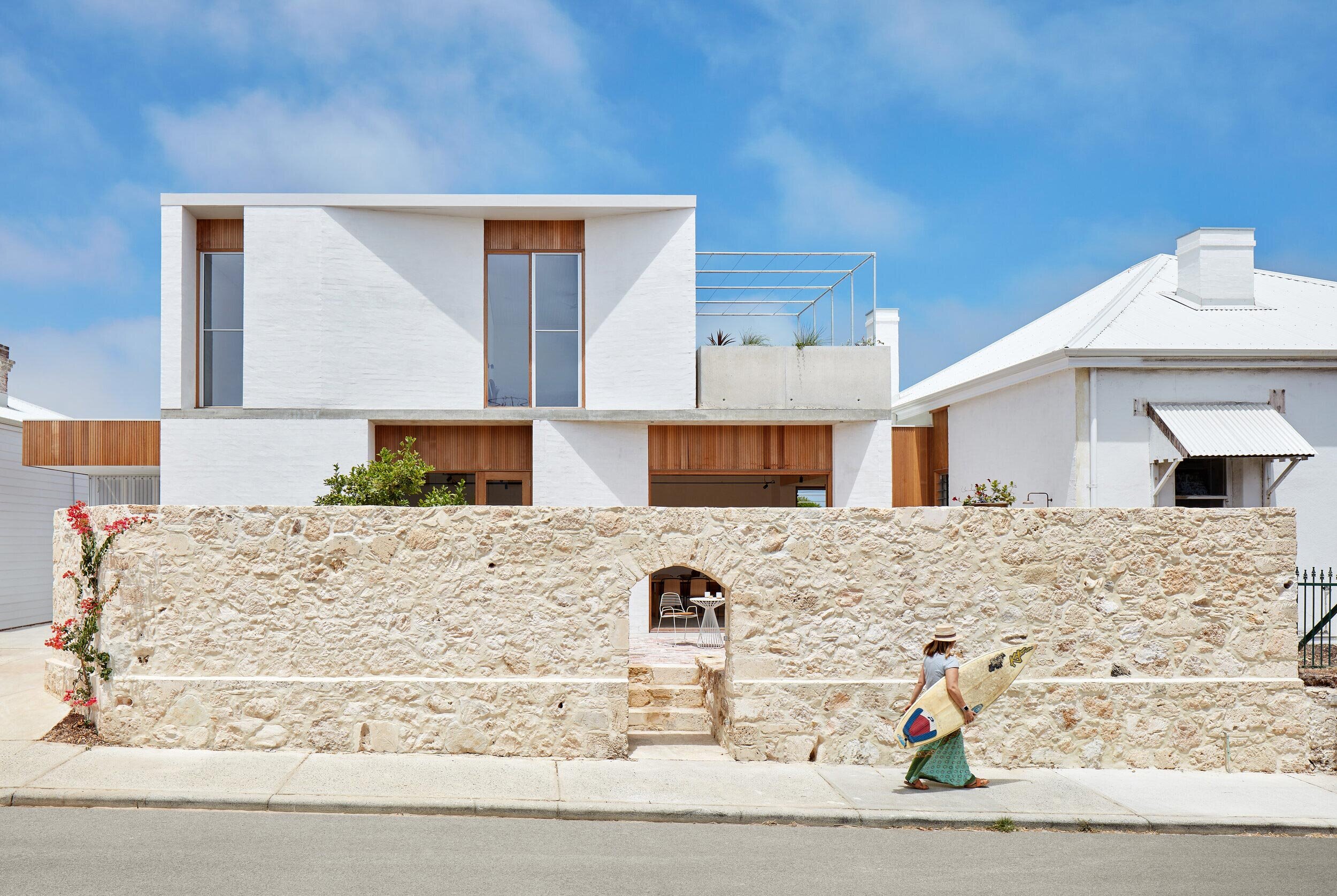Transform Your Home with the Expertise of Leading Residential Architectural Firm
Transform Your Home with the Expertise of Leading Residential Architectural Firm
Blog Article
Just How Residential Architects Create Customized Houses for every single Lifestyle
The process whereby property designers design tailored homes is a nuanced interplay of understanding client requirements and translating those understandings into practical home. With detailed examinations and using layout tools, engineers catch the essence of their customers' way of livings, guaranteeing that each home mirrors individual worths and ambitions. This collective approach extends past initial principles, integrating cutting-edge technologies and sustainable practices to improve everyday living. As we explore the intricate actions associated with this transformative procedure, a deeper gratitude for the designer's function in forming special environments begins to arise.
Recognizing Client Demands

Reliable communication is critical in this process. Designers need to urge clients to express their way of livings, family members dynamics, and future aspirations, guaranteeing that the design mirrors their unique identity. By employing devices such as surveys, interviews, and visual surveys, designers can collect beneficial insights right into the client's vision.
Furthermore, understanding the context in which a home will exist is essential. Engineers should think about elements such as the site characteristics, regional environment, and cultural influences that can influence the style. This holistic approach permits the creation of rooms that are not just visually pleasing however additionally sensible and lasting.
Ultimately, a deep understanding of customer needs allows architects to produce tailored homes that improve the high quality of life for their passengers, promoting a sense of belonging and comfort within their living settings.
Design Refine and Partnership
The design process in household architecture is a dynamic interaction of creative thinking and collaboration, where designers, customers, and different stakeholders work very closely to bring a vision to life. This iterative journey normally begins with a collection of meetings to develop a detailed understanding of the customer's desires, preferences, and lifestyle needs. During these conversations, architects collect necessary info, enabling them to conceptualize styles that align with the client's vision.
Following the preliminary examinations, the layout phase progresses with sketches, 3D designs, and architectural renderings. This visual communication acts as a device for engineers to present concepts, while likewise welcoming client responses, ensuring that the final design resonates with their expectations. Effective partnership with designers, service providers, and indoor developers is crucial throughout this phase, as it makes sure that all practical elements of the task are effortlessly integrated.

Incorporating Way Of Life Elements
Incorporating lifestyle elements into domestic design is important for developing rooms that absolutely resonate with the inhabitants. residential architecture homes. This procedure begins with recognizing the unique needs, choices, and daily regimens of the house owners. Designers participate in detailed discussions to reveal just how the private or family uses their area, whether for entertaining guests, going after hobbies, or seeking silent retreat
When these insights are gathered, architects can customize style features that enhance day-to-day experiences. For example, open flooring plans might be developed for households that focus on togetherness, while dedicated work spaces can be incorporated for those that function from home. Outdoor areas, such as gardens or patios, can be emphasized for family members that appreciate outside tasks or amusing.
Additionally, adaptability is a key consideration; multi-functional areas permit versatility as way of lives develop gradually. Custom storage services can likewise be included to satisfy specific company needs, making certain that the home stays clutter-free and functional. Inevitably, by thoughtfully weaving lifestyle components into the architectural fabric, property engineers develop tailored homes that not only satisfy visual wishes yet also considerably boost the top quality of life for their customers.
Sustainable and Smart Layout
Sustainable and smart layout progressively plays an essential duty in household architecture, as house owners seek to decrease their ecological impact while improving their living experiences. Architects are currently incorporating environmentally friendly products, energy-efficient systems, and ingenious innovations to produce homes that not just fulfill aesthetic needs yet additionally serve the world.
Including renewable energy sources, such as photovoltaic panels and wind generators, enables homeowners to harness natural deposits, substantially minimizing reliance on standard power grids. Smart home technologies better improve sustainability by optimizing energy usage via automated systems that manage lighting, home heating, and air conditioning based upon occupancy and choices.
Moreover, making use of lasting building materials-- like reclaimed wood, bamboo, and recycled steel-- promotes a circular economic climate, lowering waste and source consumption. Engineers additionally emphasize passive design concepts, making certain homes are oriented for optimum all-natural light and ventilation, therefore minimizing the requirement for artificial cooling and heating.
Along with eco-friendly advantages, sustainable and smart design adds to the general convenience and health and wellness of homeowners. By focusing on indoor air quality and natural environments, designers create spaces that cultivate health, allowing home owners to flourish in consistency with their atmosphere.
Settling and Carrying Out Strategies
Wrapping up and carrying out plans is a critical stage in the property style procedure, where the vision of a tailored home begins to emerge. This phase entails careful focus to detail, making certain that every facet of the layout is exactly verbalized and ready for building and construction. residential architecture homes. Engineers team up very closely with customers to assess final plans, attending to any kind of last-minute changes or problems, while ensuring that my latest blog post all components align with the home owner's way of living demands
When plans are finalized, designers prepare detailed building and construction records, including detailed illustrations and specs that work as this article a blueprint for building contractors. These documents detail materials, surfaces, and installation methods, supplying clearness for contractors and subcontractors. Additionally, securing needed permits and sticking to neighborhood building regulations is important, as it ensures compliance and smooth task execution.
By promoting a collective atmosphere, engineers can ensure that the implementation aligns with the original vision. Eventually, this crucial stage transforms ideas right into truth, laying the structure for a home that mirrors the one-of-a-kind way of life and preferences of its residents.
Verdict
In final thought, domestic architects play a pivotal duty in crafting customized homes that cater to varied lifestyles. Via precise understanding of client needs, joint style procedures, and the combination of way Bonuses of life aspects, designers guarantee that each home shows specific preferences.
The process by which residential designers design tailored homes is a nuanced interplay of comprehending customer requirements and translating those insights right into useful living areas. Through extensive examinations and the usage of layout tools, designers catch the significance of their clients' way of livings, making sure that each home shows individual values and goals. Architects must urge clients to articulate their way of livings, household dynamics, and future desires, guaranteeing that the design mirrors their special identity.The style procedure in household architecture is a dynamic interaction of imagination and collaboration, where engineers, customers, and different stakeholders work closely to bring a vision to life - residential architecture homes. With thorough understanding of client needs, collaborative layout procedures, and the combination of way of living aspects, designers ensure that each home shows private preferences
Report this page